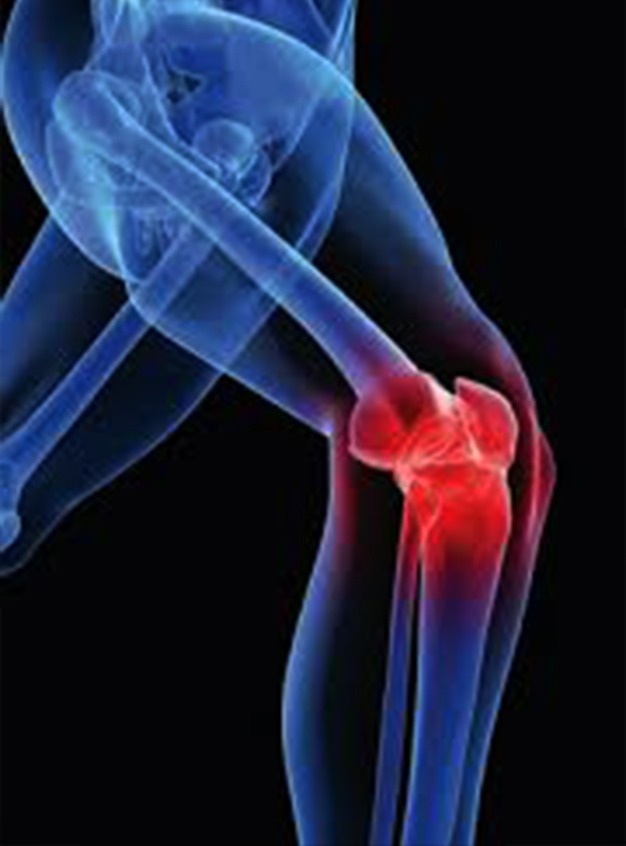Physiotherapy Treatments
Recent Injuries
About Recent Injuries
A recent or acute injury can occur suddenly during any activity, from tripping over the kerb, to making the bed, to playing sport. In some cases, an acute injury can be self-treated, while other injuries may be more severe and require medical attention. An acute injury is always recent, resulting in some degree of damage to the muscle, tendon, ligament, nerves, connective tissue and even bone. It usually recovers quite quickly providing the correct action is taken from the start. This leaflet will provide you with advice on how to recognise an acute injury and what steps to take to ensure a good recovery.
How to recognise an acute injury
- The injury site will be painful and sore to touch
- There may be swelling
- The area may feel hot
- There may be bruising and discolouration
- You may feel a loss of movement or stiffness and be unable to use that part of your body as normal
- You may be unable to tolerate any weight on the injury
- The greater your loss of function, the more serious the injury
Common acute injuries may include:
- Knee sprains
- Going over on your ankle
- Pulling a hamstring
- Wrenching a shoulder
- Calf ‘pull’
- Sprained wrist
- Deep bruising to a muscle (i.e. thigh)
Self-treatment using the ‘RICE’ method
The following action can be taken to help acute soft tissue injuries:
Rise
It is important to rest immediately after an injury, both to prevent yourself from causing further injury and also to give your body a chance to heal. Your Physiotherapist can advise you on how to get back to work as soon as possible.
Ice
Ice therapy can provide short-term pain relief, reduce blood flow to the injury and keep down the swelling.
- Wrap the ice (bag of frozen peas, ice packs or crushed ice) in a thin towel before placing it on your skin to avoid ice burns
- Apply the ice for no more than 10 minutes at a time
- Wait until your skin temperature has returned to normal before icing again.
By following these simple steps, you can ice an acute injury intermittently for the first 6–8 hours.
Compression
This will also help to reduce the swelling. Soak a towel or bandage in cold water and compress the injury by wrapping a bandage over it. If you feel throbbing, or if the bandage feels too tight, rewrap the area so that the bandage is looser.
You can use compression alongside your ice therapy. But remember, if you are using ice, it is not advisable to keep the compress on for more than 10 minutes at a time.
Elevation
By elevating your injury you will help take the pressure off it. It is most effective when the injured area is raised above the level of the heart. For example, if you have an ankle or foot injury, lie down with your foot propped on one or two pillows.
Ice or heat?
Some people are confused as to which is best for an acute injury. Research has shown that heat is not advised within the first 48 hours of an acute injury as it can increase bleeding and swelling if used at this stage (Brukner and Khan 2007). By using the RICE method for the first 24–48 hours, you may find that a minor acute injury, such as a sprain, strain, pulled muscle or minor tear, will respond to your self-treatment and start to heal.
However, if you are at all worried about your injury, seek medical attention from your Physiotherapist or GP immediately. For example, extreme pain or swelling that is not helped by the RICE method, or a complete inability to put any weight on the injured area, may suggest that the injury is more serious.
Physiotherapy for Recent Injuries
Consulting a Physiotherapist at this stage for a diagnosis can be helpful. The Physiotherapist will be able to give you an idea of how long your injury will take to recover and advice on the best way to manage your injury.
Physiotherapy will include:
- Soft-tissue treatments, massage, mobilisation and manipulation of the joints, electrotherapy, such as longwave ultrasound or laser, and self-help exercises
- If you are returning to sport, further rehabilitation may include specific exercises, strengthening and balance work specific to your sport to help you get back to sporting fitness more quickly.
Physiotherapy treatment will help you return to full use of the injured limb more quickly.

